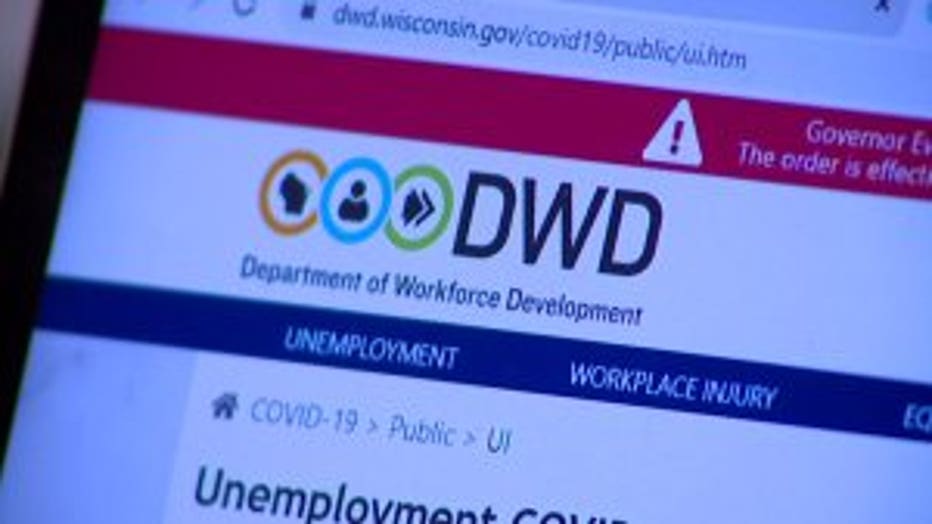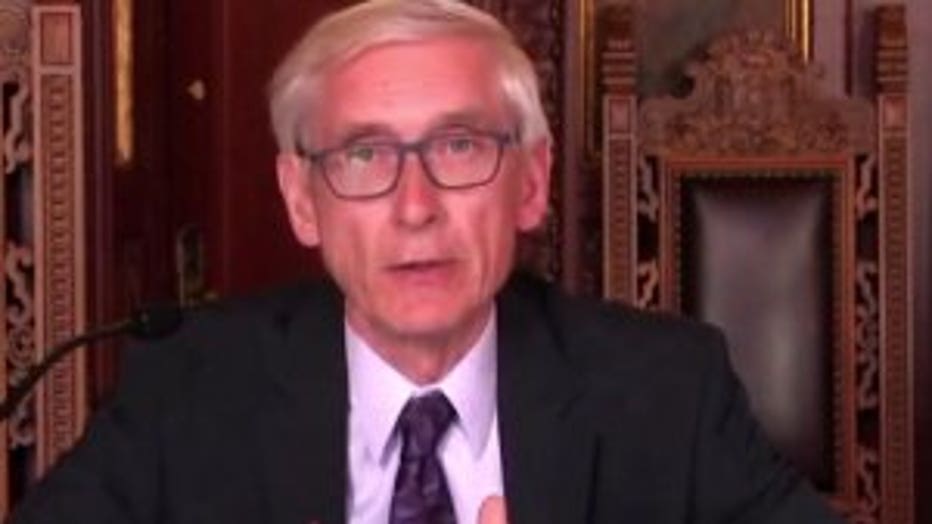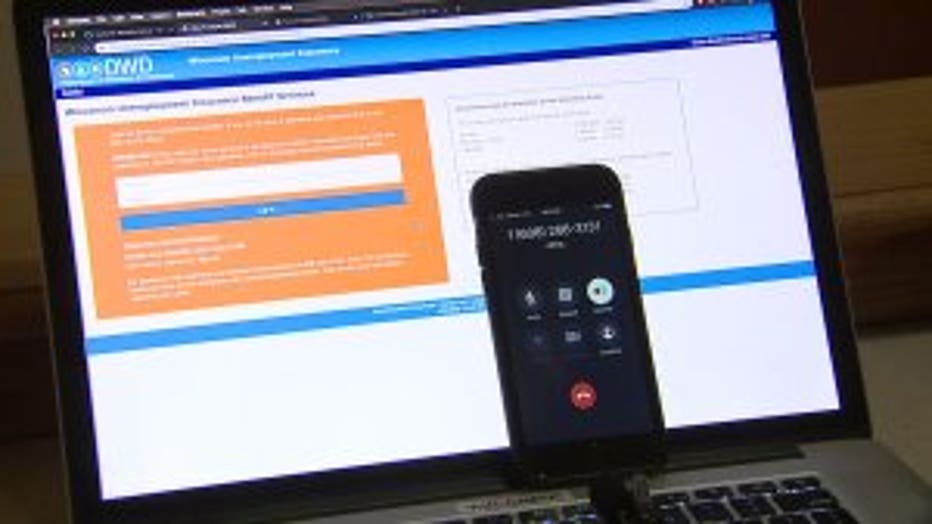Wisconsin's unemployment troubles started long before COVID-19
Wisconsin`s unemployment troubles started long before COVID-19
Wisconsin`s unemployment troubles started long before COVID-19
MADISON -- Still waiting on that unemployment check? Labor attorneys and state employees say Wisconsin's spike in unemployment claims isn't the only thing to blame. "No one planned for Godzilla attacking the city," labor and employment attorney Victor Forberger said. "And this is kind of like Godzilla is attacking the city through this unemployment crisis. But there are things a state can do to make it easier to manage that process, and it seems to me Wisconsin through the last several years really made the process difficult and complicated." The Department of Workforce Development, which oversees unemployment benefits, points to outdated software and an unprecedented, overwhelming number of calls from people trying to file claims; Forberger points to years of policies that made navigating the unemployment system increasingly difficult. "And so people are really having a super hard time now navigating that process at the time when they can least afford to do that," Forberger said.

Wisconsin's unemployment history In 1932, Wisconsin passed the nation's first unemployment compensation law. President Franklin D. Roosevelt used it as a model for the rest of the country. "The unemployment system was the system designed to be able to handle a massive amount of claims and to get dollars out quickly," Forberger said. "So the fact that Wisconsin, which invented unemployment, now seems to be unable to figure out its left foot from its right foot and to move forward is kind of a phenomenal problem that deserves a little more analysis." During the Great Recession, Wisconsin had to borrow from the federal government to continue paying unemployment benefits. In the following years, then-Governor Scott Walker's administration propelled policies touted as protecting the state's Unemployment Insurance Trust Fund. The Department of Workforce Development said on May 6, 2020, the Trust Fund balance stood at $1,862,656,170. The Walker-era reforms included an emphasis on curbing unemployment fraud through increased penalties, adding a one-week waiting period before claimants can receive an unemployment check in 2012, doubling the minimum number of job searches claimants must conduct to qualify for benefits in 2013, and expanding the definitions of employee "misconduct" and "substantial fault" in 2014, making it easier to disqualify claimants. An April 2020 study from the National Employment Law Project says 50 percent of Wisconsin's unemployed workers received benefits in 2007; by 2020, that number had dropped down to 29 percent, which is slightly above the national average. Years later, COVID-19 would prompt the legislature to waive the one-week waiting period, but only after thousands of claimants had gone weeks without receiving a single check. The Department of Workforce Development says the delay in waiving the waiting period caused Wisconsin to miss out on $25 million in federal unemployment aid.

Governor Tony Evers
Governor Tony Evers waived the unemployment job search requirements; however, many of the job search activities still remain mandatory. FOX6 has received dozens of emails from people who were denied benefits because they did not realize they needed to register for job services or because they do not have the reliable internet access needed to upload a resume. Other claimants describe applications getting caught up in the long process of adjudication over past education and freelance work that provided minimal income. "Right now, it seems like the system is designed to trap people up, or trip people up, in ways so that they make a mistake or disqualify themselves," Forberger said.A 'dated system' Full telephone queues, blocked calls, and people unable to get through to file unemployment claims are not just 2020 problems. A legislative audit from 2014 describes the problems with the Department of Workforce Development's claims intake system, which for two months blocked more than 80 percent of incoming calls. By the time the audit was published, DWD had already significantly upgraded its system to move the claims process online. However, current Department of Workforce Development Secretary Caleb Frostman says the 50-year-old software that pays out the claims was never upgraded. The system is called COBOL, which stands for Common Business Oriented Language.

As DWD tries to hire more employees to handle the current influx of unemployment claims, Frostman says one challenge is finding people who are familiar with COBOL. He says the department took steps to upgrade the system at the beginning of the year, but COVID-19 hit before the effort could become reality. "Obviously we were not able to get that started or finished before COVID hit, but that was a top priority for us," Frostman said.Who has the power to fix 'Godzilla?'"Other states have been very creative and broad-ranging in finding ways to help people out," Forberger said. "And Wisconsin seems to have done just the opposite." Forberger points to Connecticut, which has online tutorials that walk claimants through the unemployment questions step-by-step so they can understand the process and avoid mistakes. While Wisconsin's Department of Workforce Development has online FAQs and an unemployment handbook, claimants still describe the process as confusing and said they are not able to see the questions before they file. Labor attorneys say the additional steps and opaque nature of Wisconsin's unemployment system all leave room for error; errors hold up the process for people anxiously awaiting their checks. FOX6 asked the Department of Workforce Development for a blank unemployment application to review the questions. No one responded. The day after FOX6's story aired, Department of Workforce Development spokesperson Tyler Tichenor said technical issues prevented him from responding in time for the reporter's deadline. He emailed a link to a 2020 video tutorial that takes claimants through the unemployment questions. "Additionally, the federal government has given states leeway with work search, but not work registration requirements," Tichenor wrote. "Work registration requirements must be followed; those requirements were not included in Emergency Unemployment Insurance Stabilization and Access Act of 2020 (EUISAA), which is part of the CARES Act. In the past, the Department of Workforce Development has taken the position that state and federal rules require claimants to continue to register for work search activities, even though the work search requirement has been waived. "I would disagree with that," Forberger said, arguing that the law gives the Department of Workforce Development enough wiggle room to further streamline the unemployment process. "Considering the whole rationale for it is to do four job searches a week, and that rationale is gone, that excuse makes no sense to me." No one from the Department of Workforce Development responded to FOX6's follow-up inquiries about the department's abilities to waive the work search registration requirement. "Faced with a Godzilla-type event, they’re proceeding to mandate all the paperwork and protocols as if there’s no Godzilla out there," Forberger said. "The department can start making a lot of different policy choices and it can make things a lot easier."

